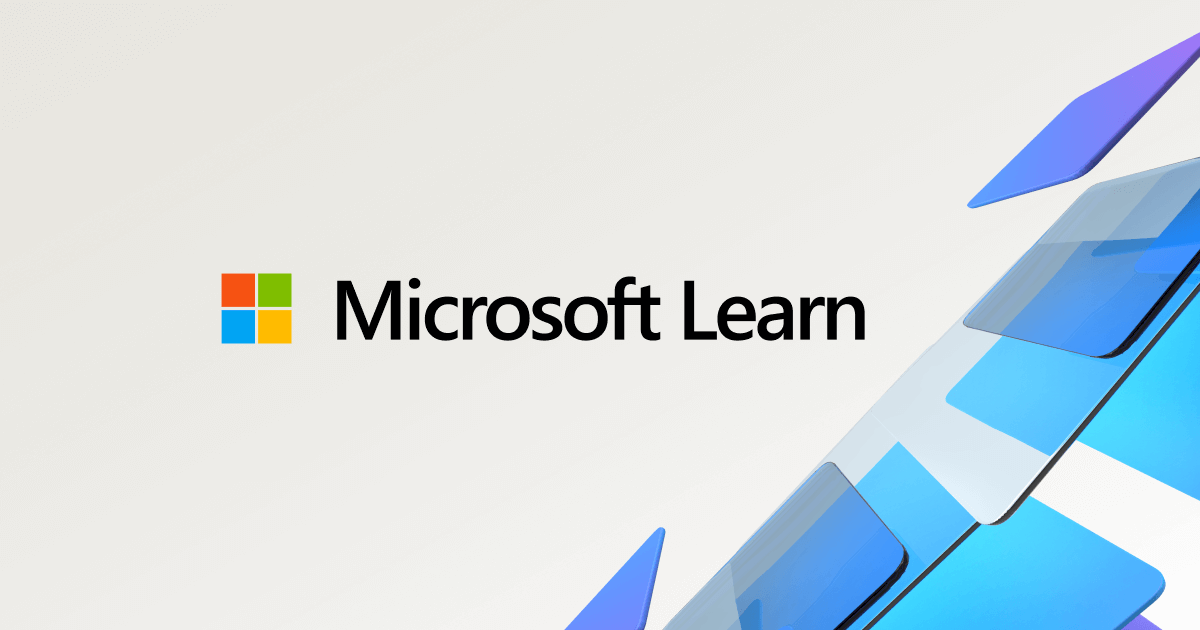Adelina_RO
Member
- Local time
- Today, 16:06
- Joined
- Apr 9, 2021
- Messages
- 42
Hi people 
Basically i have one question: why does Access repaint each row by a random number of times and in a random order? (Are those two questions... )
)
Here is the layout: i have a continuous form where, in the OnPaint event i do some stuff (format some textboxes based on values in the underlying recordset (ADO)). The thing is, every row is painted multiple times whenever i click on an invisible button that's covering the textboxes. When the forms loads, every row is painted 5 times (with the first 3 rows being painted another time), when i click the invisible button, each visible row is painted 4 times.
I've tested this in an unbound form who gets its recordset set in the OnLoad event. So there are no rows to be painted before the last line in the on_load...
I'm stomped, especially since there are no good info on the OnPaint event, safe for a few, but even those are for Reports...
I wouldn't care less about how many times Access decides to paint, but i have a flicker and it may be from this?
P.S. I read that in vb.net there is a double-buffering option to remove screen flicker. Is this also possible for Access?
Basically i have one question: why does Access repaint each row by a random number of times and in a random order? (Are those two questions...
Here is the layout: i have a continuous form where, in the OnPaint event i do some stuff (format some textboxes based on values in the underlying recordset (ADO)). The thing is, every row is painted multiple times whenever i click on an invisible button that's covering the textboxes. When the forms loads, every row is painted 5 times (with the first 3 rows being painted another time), when i click the invisible button, each visible row is painted 4 times.
I've tested this in an unbound form who gets its recordset set in the OnLoad event. So there are no rows to be painted before the last line in the on_load...
I'm stomped, especially since there are no good info on the OnPaint event, safe for a few, but even those are for Reports...
I wouldn't care less about how many times Access decides to paint, but i have a flicker and it may be from this?
P.S. I read that in vb.net there is a double-buffering option to remove screen flicker. Is this also possible for Access?

